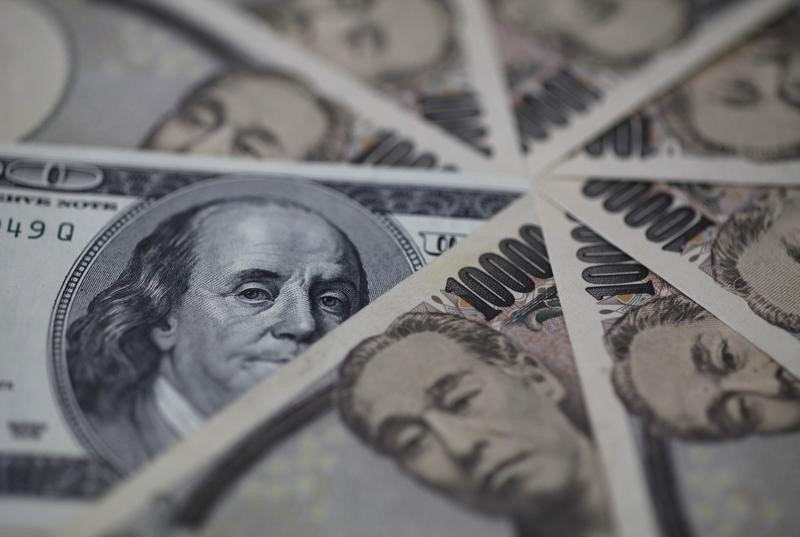Investing.com - The dollar remained weaker against the yen on Tuesday after data showing that activity in the U.S. manufacturing sector slowed to the weakest rate in nearly two years in August, clouding the outlook for the economy.
USD/JPY was last down 1.06% at 119.96, extending a pullback from Friday’s high of 121.73.
The Institute of Supply Management said its manufacturing index fell to 51.1 from 52.7 in July. It was the lowest reading since May 2013 and was below economists’ forecasts of 52.6.
In a separate report, Markit said the final reading of its manufacturing index fell to 53 from 53.8 in August. This was the lowest level since October 2013, but was slightly higher that the preliminary reading of 52.9.
The weak data added to doubts over whether the Federal Reserve will hike interest rates in September.
Investors were looking ahead to Friday’s U.S. jobs report for August, which could help to provide clarity on the likelihood of a near-term interest rate hike.
The U.S. dollar index, which measures the greenback’s strength against a trade-weighted basket of six major currencies, was down 0.26% to 95.71, holding above the eight-month trough of 92.52 set last Monday.
The dollar remained under heavy selling pressure after weak Chinese economic reports released earlier Tuesday added to fears over a China-led slowdown in global economic growth.
Manufacturing activity in China contracted at its fastest rate in three years in August, while service sector activity also slowed.
Wall Street fell sharply at the open on Tuesday and the worsening outlook for global equities underpinned demand for the low yielding euro and yen.
Investors often use low-yielding currencies to fund positions in higher-yielding currencies and equities, known as carry trades.
EUR/USD was last up 0.22% to 1.1236, holding below highs of 1.1332.
In the euro zone, data on Tuesday showed that manufacturing growth also slowed in August.
The euro zone manufacturing index dipped to 52.3 last month, from 52.4 in July as solid growth in Germany, the Netherlands and Spain was offset by fresh contractions in France and Greece.
